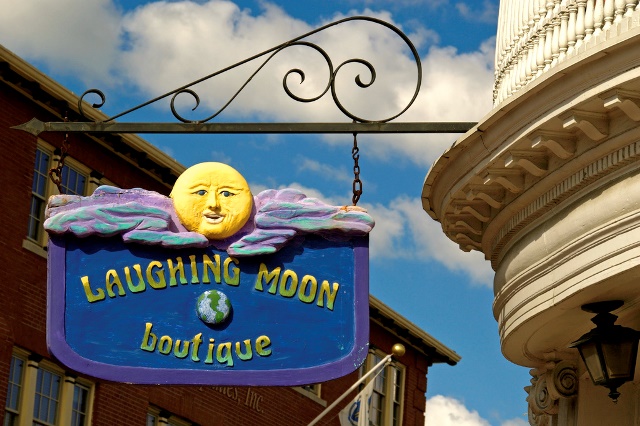
Whether your business is well-established or just getting started, signs and graphics are invaluable assets that should not be overlooked. A well-constructed, eye-catching sign can help your business stand out among competitors and bring in new business. A signage strategy should be integrated into every savvy marketing business plan. Below, we take a look at why your business should have a strategic signage plan, what to include in the plan and the details for making your signage as memorable and effective as possible.
Why Does Your Business Need Signs?
"Don't judge a book by its cover" is not an adage you should consider when designing a business signage plan. Oftentimes, a sign is the first contact anyone will have with your business and should give a lasting impression—one that is positive. Other than a stellar first impression, here are a few more reasons your business should develop a strategic signage plan to increase sales and brand loyalty:
 Signs are one of the most cost-effective forms of advertising
Signs are one of the most cost-effective forms of advertising- A sign introduces you to those passing by, who might not know your business
- Signs work 24/7 to advertise for your organization
- Wayfinding signage will help people locate your business among competition
- Businesses may increase sales just by adding a good sign
- Signs displaying your logo create brand recognition
Devise a Plan
Put your plan into writing and commit to reviewing it quarterly to measure performance. Secondly create a budget for both interior and exterior signage and think about consulting with a professional project planner on the strategy. Different businesses have different signage needs and a detailed graphic design plan will help you narrow which direction to choose. While a construction company should create a plan including wayfinding and safety signage, a small boutique may incorporate colorful point of purchase signs in its strategy. Below are some different signs and graphics that could work for your business:
 Menu boards for restaurants
Menu boards for restaurants- Wayfinding signs to direct customers into or throughout your store
- Safety and emergency signs at hospitals and construction sites
- Banners for street advertising
- Promotional signs for retail spaces
- Dimensional logos
- Vehicle wraps
- Building directories
Consider the Details
Before putting up any outdoor signage, you must consider details like permits and maintenance. Check with your city's guidelines for signage, or consult with a local sign expert. After obtaining any necessary permits for outdoor signage, you should evaluate what types of resources you have or need for signage creation. Consider the resources you will need and costs you will accrue while implementing, maintaining and updating your signage. Oftentimes, it will cost more to do the job right, but you'll save money on maintenance costs down the line. Also take lighting into account for outdoor signage. Illumination for your signs will make them readable both day and night.
Make Your Signage Memorable
Effective advertising signs help people notice and remember your business even if they weren't looking for it. How well a sign does for your business depends largely on how easy it is for people walking or driving by to see and read it. Successful signage will draw customers in from the street or help your business reinvent itself. The most memorable signs provide information, catch attention, properly use color and use content to paint a picture about their business. Below are some tips for creating and executing a strong signage plan:
- Great signs are noticed even when people aren't searching for them
- Don't be afraid to think outside the box
- Be bold in color, context and installation
- Include outdoor advertising signage, point of purchase signage and wayfinding signage
- Consider a digital signage business plan if it fits with your brand and budget
 Common Signage Mistakes
Common Signage Mistakes
Though many businesses create functional, beautiful and effective signage, others miss the mark. Below are some common mistakes that can hurt your business signage strategy.
- Rushing into the design and implementation phases for signage without carefully planning ahead
- Including too much or too little information
- Using designs, colors or fonts that don't fit your brand, product or service
- Attempting to blend into a surrounding environment
- Underspending or using cheap materials that won't withstand time
With a well-planned signage design strategy, your business should be able to create striking, informative and lasting signs that accurately represent your brand and its mission. A detailed graphic design business plan is a road map to create signage that could revamp your business, bring in new customers, boldly present important information or simply bring more people into your store. Effective signage for your business is an investment and the long-term value can pay returns for years to come.